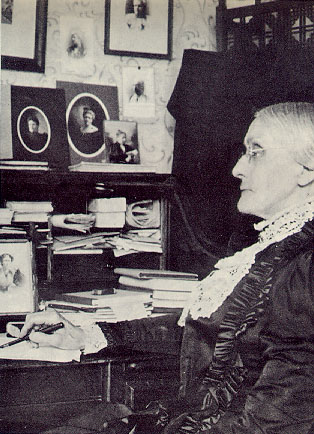
< Previous Page * Next Page >
When Andrew Jackson entered the presidency in 1829, a current of unrest and revolt was coursing through the entire western world. While the reform spirit in America had its own sources of support, it was thoroughly in harmony with this current of world development. The democratic upheaval in politics, exemplified by the movement which brought Jackson to the presidency, was merely one phase of the advance of the common people towards larger rights and opportunities. The period of the thirties and forties was characterized by an invigorating faith in the perfectability of mankind, and there resulted an emancipation of the intellectual and spiritual as well as the material life of the people.
Accompanying the liberal political movement was the beginning of labor organization. By 1836, union membership, in the cities of the northern seaboard, mounting to some three hundred thousand, secured the betterment of conditions of employment in many places. In 1835, labor forces in Philadelphia succeeded in establishing their most cherished reform, a ten-hour work day in place of the old "dark to dark" day. This was merely the beginning of similar reforms in other places - New Hampshire, Rhode Island, Ohio, and California, which was admitted to the Union in 1850.
The activity of labor and its zeal for humanitarian reform were indispensable factors in the progressive movements of the time. Its struggle for democracy of education was especially significant. The spread of manhood suffrage led to a new conception of education, for clear-sighted statesmen perceived the danger of universal suffrage if coupled with universal ignorance. The efforts of such men - De Witt Clinton in New York, Abraham Lincoln in Illinois, Horace Mann in Massachusetts - were supported by the vigorous and incessant agitation carried on by organized labor in the cities. Labor leaders demanded free, tax-supported schools open to all children without taint of charity. In 1830, the workingmen of Philadelphia said:
"... there can be no real liberty without a wide diffusion of real intelligence ... until means of equal instruction shall be equally secured to all, liberty is but an unmeaning word and equality an empty shadow."
Gradually in one state after another, such free instruction was provided by legislative enactment. The public-school was common throughout the northern part of the country by the 1840's, and the battle for it in other areas continued until won.
 |
| Susan Anthony, mid-nineteenth century feminist, advanced the cause of political equalit for woman. |
< Previous Page * Next Page >